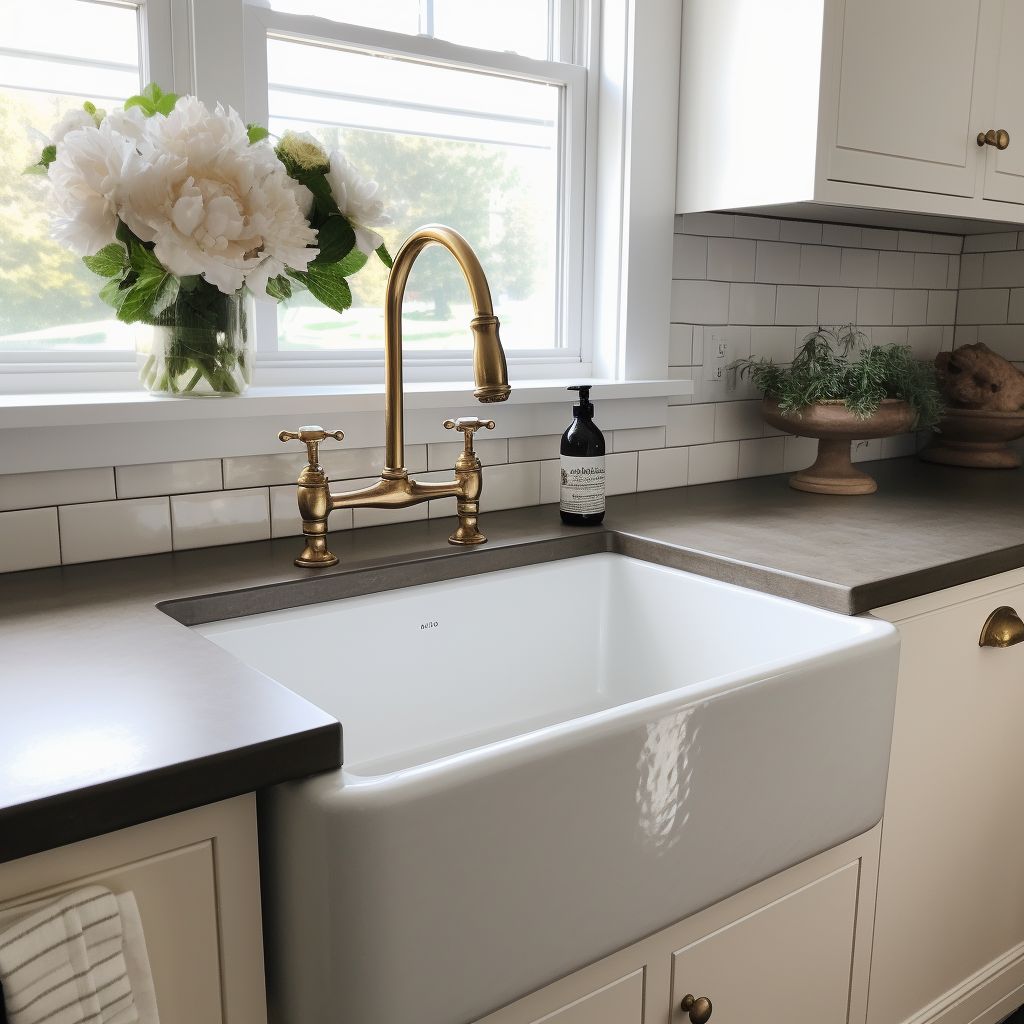The kitchen is often considered the heart of the home, and the sink is undoubtedly one of its most essential features. When it comes to kitchen sinks, one of the age-old debates is whether single or double sinks are better. Each option has its own set of pros and cons, and the choice ultimately depends on your personal preferences and how you use your kitchen.
In this article, we will explore the advantages and disadvantages of both single and double sinks to help you make an informed decision.
Advertisement
Single Sinks:
Pros:
Simplicity and Elegance: Single sinks offer a clean and simple design, making them a popular choice for modern and minimalist kitchens. They can provide a sleek and uncluttered appearance to your kitchen.
Simplicity and Elegance: Single sinks offer a clean and simple design, making them a popular choice for modern and minimalist kitchens. They can provide a sleek and uncluttered appearance to your kitchen.
Ample Workspace: A single sink provides a larger uninterrupted workspace, which can be advantageous for tasks like washing large pots and pans or baking. It offers more room for food preparation and allows for the easy movement of cutting boards and other kitchen accessories.
Cost-Effective: Single sinks are typically more cost-effective in terms of installation and maintenance. They require only one set of plumbing fixtures and are often cheaper to purchase compared to double sinks.
Undermount Options: Undermount single sinks are a popular choice because they can create a seamless, easy-to-clean countertop surface. They also maximize the usable space inside the sink.
Cons:
Limited Separation: With only one basin, it can be challenging to separate tasks, such as washing dishes and rinsing vegetables, simultaneously. This may require additional kitchen accessories like dish racks and colanders to help with organization.
Lack of Backup: In a single sink, if the sink is occupied with dirty dishes, it can be inconvenient when you need access to a clean sink for other purposes.
Double Sinks:
Pros:
Task Separation: Double sinks allow you to perform multiple tasks simultaneously. You can wash dishes in one basin while preparing food or rinsing vegetables in the other, which can be a time-saver in a busy kitchen.
Task Separation: Double sinks allow you to perform multiple tasks simultaneously. You can wash dishes in one basin while preparing food or rinsing vegetables in the other, which can be a time-saver in a busy kitchen.
Backup Space: With two sinks, you always have a backup sink available. This can be especially useful when you have a lot of cooking or entertaining to do, as you can keep one sink clean for food preparation and use the other for cleanup.
Improved Organization: The separation of tasks between the two basins can help with better organization in the kitchen. You can designate one side for dirty dishes and the other for clean ones, reducing clutter.
Flexible Design Options: Double sinks come in various configurations, such as equal-sized basins or one larger and one smaller basin, giving you more design flexibility to suit your specific needs.
Cons:
Reduced Workspace: Double sinks can sometimes limit the amount of counter space available for food preparation, especially in smaller kitchens. The division between the two basins can make it challenging to work with large pots and pans.
Increased Maintenance: Double sinks may require more maintenance because they have two drains, more plumbing connections, and a divider that can collect debris. Cleaning and maintaining two basins can be more time-consuming.
Advertisement
In conclusion, the choice between a single or double sink in your kitchen largely depends on your personal preferences and how you use your kitchen space. Single sinks offer simplicity and ample workspace, while double sinks provide task separation and added convenience. Consider your cooking and cleaning habits, kitchen size, and design preferences when making your decision. Ultimately, both types of sinks can be functional and aesthetically pleasing additions to your kitchen when chosen wisely.

